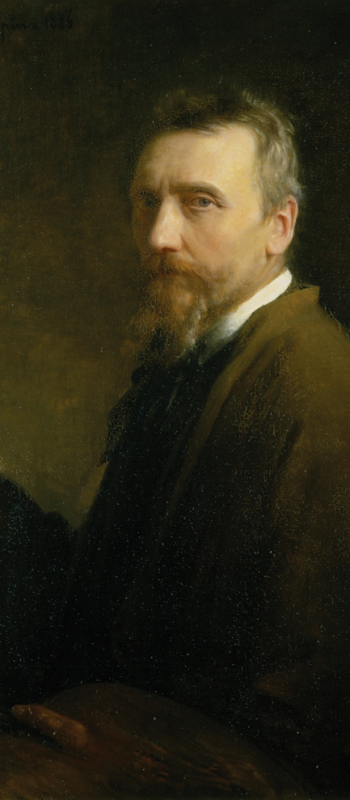CARL BLOCH AND THE COMMISSION
MAY 23, 1834

Born in Copenhagen, the 4th of 10 children in a devout Lutheran household.
1845

Young Carl enrolls at Mariboes School with the goal of entering the naval cadet academy. Bloch realizes his talent and love for drawing supersedes his other interests.
1849

Bloch begins studies at the Royal Danish Academy of Fine Arts.
1851

Advances through his classes at the Academy and begins to study with the highly respected Professor Wilhelm Marstrand.
1852

Wins his first silver medal for figure drawing.
1854-59

Continues to paint portraits and genre scenes that garner attention for their humanity, charm, and humor.
1859-61

Bloch travels to Italy to study art and stays several years; Aattempts his first biblical painting, depicting Jesus raising Lazarus from the dead, but never completes the work.
1863

Completes the Daughter of Jairus, his first religious painting. Sends Samson and the Philistines to Denmark for exhibition; it receives great acclaim and a gold medal award.
1864
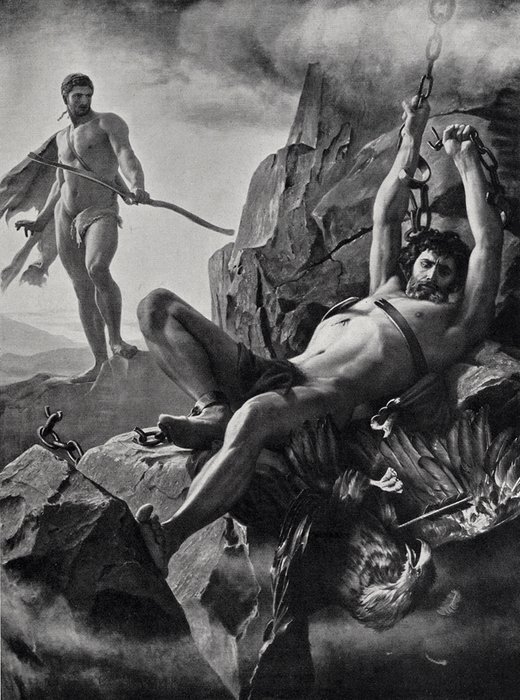
Gains continued popular success in Denmark with genre paintings such as A Roman Street Barber; commissioned to paint The Liberation of Prometheus for the Greek royal palace at Athens, following the Greek War of Liberation. It captivates audiences in Copenhagen and Greece.
1865
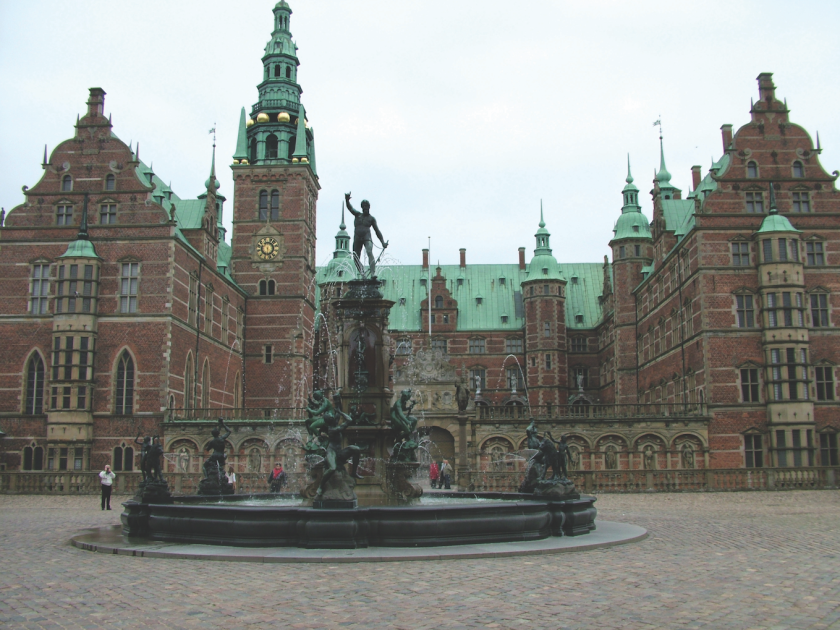
At age 31, Bloch is unanimously accepted as a member of the Royal Danish Academy of Fine Arts. He receives a coveted commission to paint 23 original works for the King’s Oratory at Frederiksborg Castle (would take 14 years to complete).
1868

Marries Alma Trepka, daughter of a military colonel, on May 31. Despite her family’s initial opposition, they have a loving relationship and eight children. He attempts etching while in Rome; initial efforts prove frustrating and he abandons the medium.
1871

Becomes a professor at the Royal Danish Academy of Fine Arts and eventually is named the head of its school of painting.
1873

Submits several paintings to the World Exhibition in Vienna.
1878

One of several Danish artists accepted at the World’s Fair in Paris. Received a first-place medal and the Legion of Honor’s Chivalry Cross from the French. Completes the Fredriksborg Castle commission of the Life of Christ.
1880
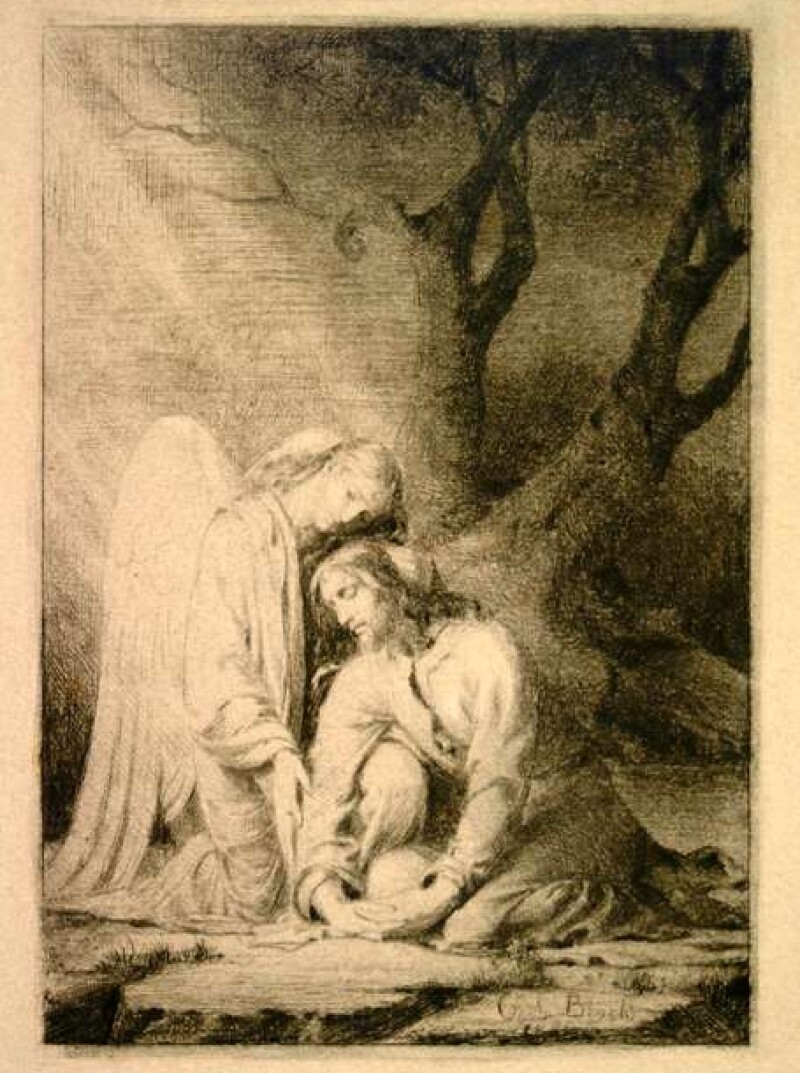
Bloch returns to etching and publishes Gethsemane, which demonstrates a remarkable sophistication not achieved by previous Danish printmakers. Other prints follow.
1882
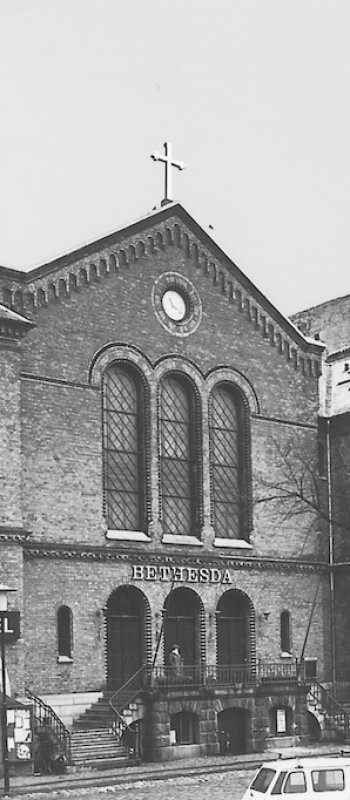
Bethesda Indre (“Inner”) Mission established in Copenhagen.
1883

Christ Healing the Sick at Bethesda completed for the Bethesda Indre Mission in Copenhagen.
1885

Bloch begins to feel the effects of the cancer that will eventually take his life. Spends summer months at Ellekilde, near the ocean, where Bloch paints and etches scenes of the coast as well as his family.
1886

Alma Bloch passes away, leaving Carl a widower with eight children. The Royal Academy invites Bloch to be their new director, but he declined.
FEBRUARY 22, 1890

Bloch dies in Copenhagen. He requests a private funeral; no formal announcements of his death were made. News traveled quickly and the crowd of mourners overwhelms the church.
1890S

Lutheran Evangelical Church in Denmark publishes Bloch’s Life of Christ images as popular postcards for Sunday School students.
1931
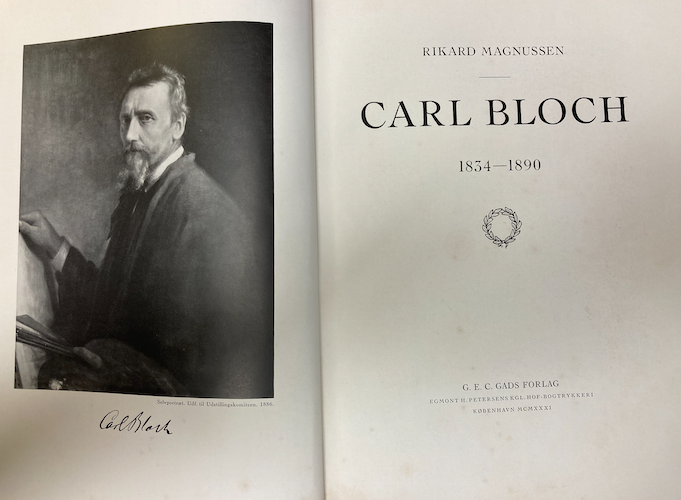
Rikard Magnussen publishes a catalogue raisonné of Carl Bloch’s work.
1955

Doyle L. Green, managing editor for Improvement Era, includes several images of Bloch paintings in the magazine; Christ Healing the Sick at Bethesda published in a 1966 issue of the Improvement Era.
2001

BYU Museum of Art purchases Christ Healing the Sick at Bethesda with funds from Jack and Mary Lois Wheatley. It is the first major religious painting of Bloch’s to leave Scandinavia.
August 29: Packed for transport
September 10: Arrives at BYU
November: Unveiling
The MOA also acquires a selection of Carl Bloch’s religious etchings, the first of many Bloch etchings in the collection.
2010

The Master's Hand opens at BYU, with accompanying catalog—the first significant publication about Carl Bloch since 1931.
2012

The Museum of Religious Art and Museum of Oregaard in Denmark hosts a large retrospective of Carl Bloch’s art, signaling renewed interest in the artist among Danish historians.
2013

Sacred Gifts: The Religious Art of Carl Bloch, Heinrich Hofmann, and Frans Schwartz opens at BYU, realizing the vision of bringing all of Bloch’s devotional altarpieces to BYU.
2014

Conservation performed to clean and stabilize the painting.
2015

Museum receives a donation of a Carl Bloch portrait of Danish woman, Ellen Mikkelson.
WHO WAS CARL BLOCH?
Carl Heinrich Bloch’s masterful paintings of religious narratives, episodes of Danish history, and endearing depictions of everyday life brought him acclaim as one of Denmark’s most notable nineteenth-century artists.
A native of Copenhagen, Carl Bloch (1834-90) discovered his passion and talent for art at a young age. Despite his parents’ anxieties, Bloch embarked on a career as a painter at age 15. Bloch studied at the Danish Royal Art Academy, where he progressed rapidly. He initially aspired to paint portraits and everyday genre scenes, yet subsequent study in Italy influenced Bloch to tackle grander subjects from mythology, Danish history, and the Bible. Bloch’s keen mastery of detail and form, and his ability to capture narrative emotion garnered the attention of the Danish public and brought him early success. In 1865, Bloch was selected to paint a series illustrating the Life of Christ for the King’s oratory chapel at Fredriksborg Castle. This singular commission, along with Bloch’s election to the Danish Royal Academy at the young age of 31, placed him at the height of national artistic prestige and solidified his status as Denmark’s foremost painter of Christ.
Bloch continued as a noted artist and teacher at the Royal Academy. He created over 250 paintings that manifest his keen powers of observation, his ability to transform both common and sacred subjects into compelling stories full of humanity, and his deep and abiding faith in Jesus Christ—which seemed to be a natural offspring of his gentle and introspective temperament. Bloch considered his religious works to be his greatest artistic contribution.
In addition to his prestige as a painter, Bloch made important and innovative contributions to Danish printmaking through the sophisticated etchings he created during the final decade of his life. When Carl Heinrich Bloch passed away in 1890, the nation mourned the loss of one of its great artistic masters. Bloch had been part of an important movement to establish a strong artistic tradition in his native land. His interpretations of Danish history, comic scenes of humble, ordinary types, and profound religious depictions touched the soul of the nation.
WHAT WAS THE INDRE MISSION MOVEMENT?
The Indre Mission was established in 1861, as an independent revival group within the Danish Evangelical Lutheran church. Meaning “home” or “inner” mission, the Indre Mission sought to ignite Christian fervor in individuals through biblical study, a focus on piety, and a recommitment to Lutheran sacraments. The Mission also sought to minister to those in need and alleviate the ills of a growing, industrialized society through humanitarian efforts.
The Indre Mission established mission houses throughout Denmark, centers where followers could gather for Bible study, preaching, and fellowship. In 1882, they built a headquarters in Copenhagen, named the Bethesda Indre Mission, inspired by the narrative of Christ healing at the waters of Bethesda in the Gospel of John. Christ’s example of reaching out to those underprivileged or forgotten and with an invitation to come to Him and be healed resonated with the Mission’s purposes.
THE COMMISSION
In celebration of the Indre Mission’s new headquarters and as an act of good will, a group of Copenhagen’s religious leaders commissioned Carl Bloch, one of Denmark’s most celebrated religious artists, to paint the Bethesda story. Bloch’s interpretation of this scene manifests a compassionate Christ that embodied the Mission’s ministry, as well as Bloch’s own belief in Jesus’ loving, empathic nature. The red and white clothing of the seated, turbaned man echo the colors of the Danish flag, likely a pointed reference to the Mission’s invitation for the Danish people to respond to Jesus’ compelling example and promise.
For more than a century, this splendid image remained in its original location above the pulpit in the Mission’s large meeting room. Over the years, the Mission’s focus changed to emphasize social programs for the community over regular religious services. As mission leaders made plans for a major renovation of their aging facilities, they considered selling the painting to raise the 14 million kroner needed for the renovation. Because of the Mission’s long-standing relationship with the people of Copenhagen, the decision to part with the painting was a difficult one; yet, the painting’s sale opened a new chapter in the ministering impact of Bloch’s painting.
